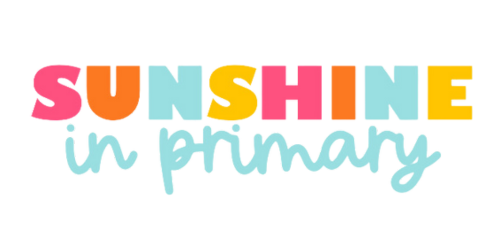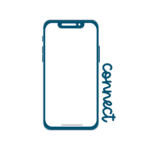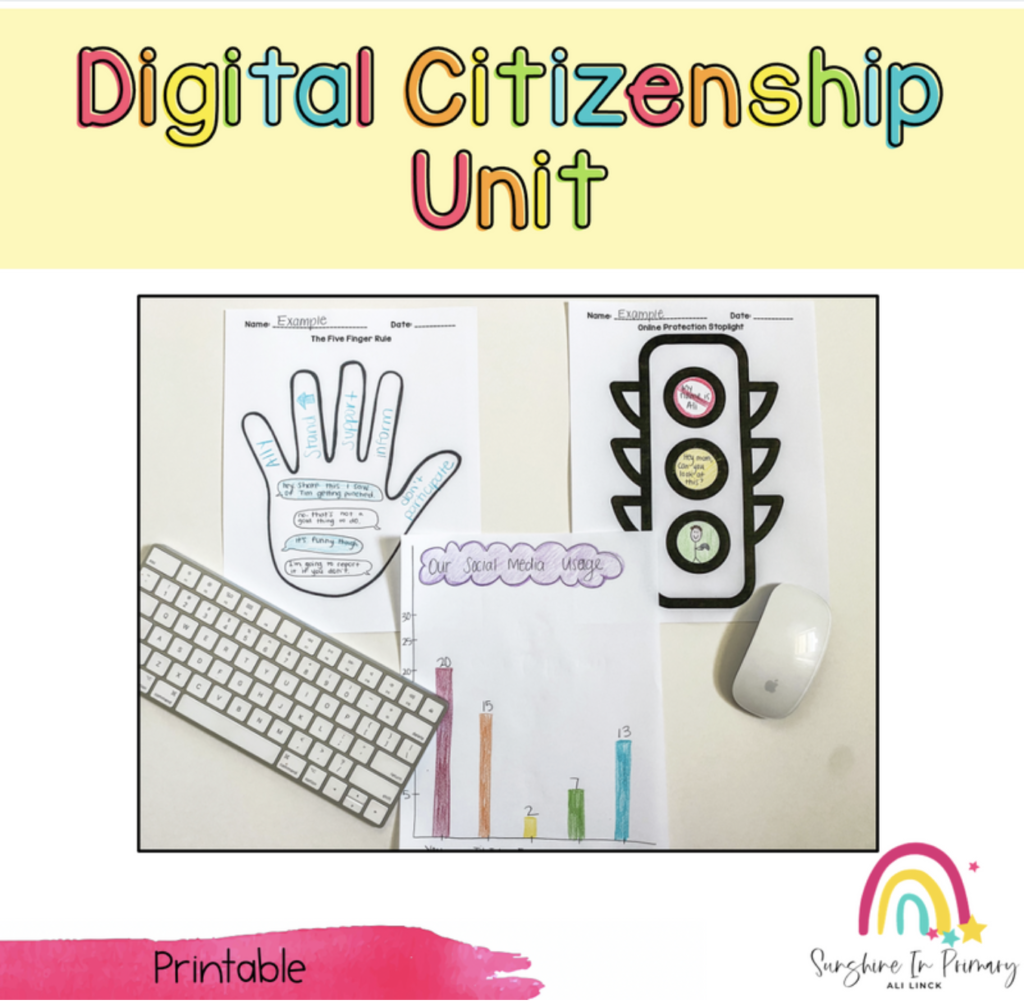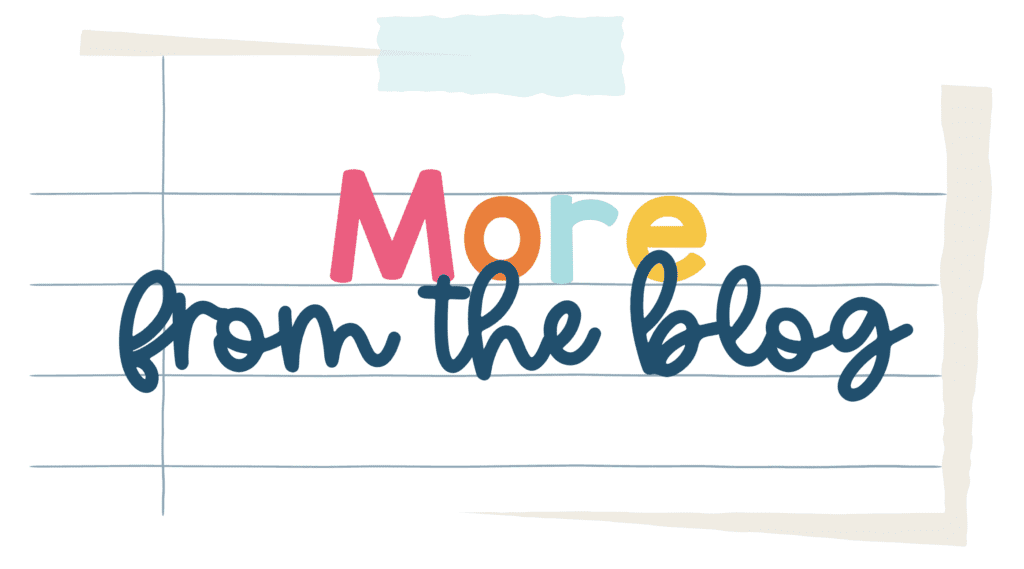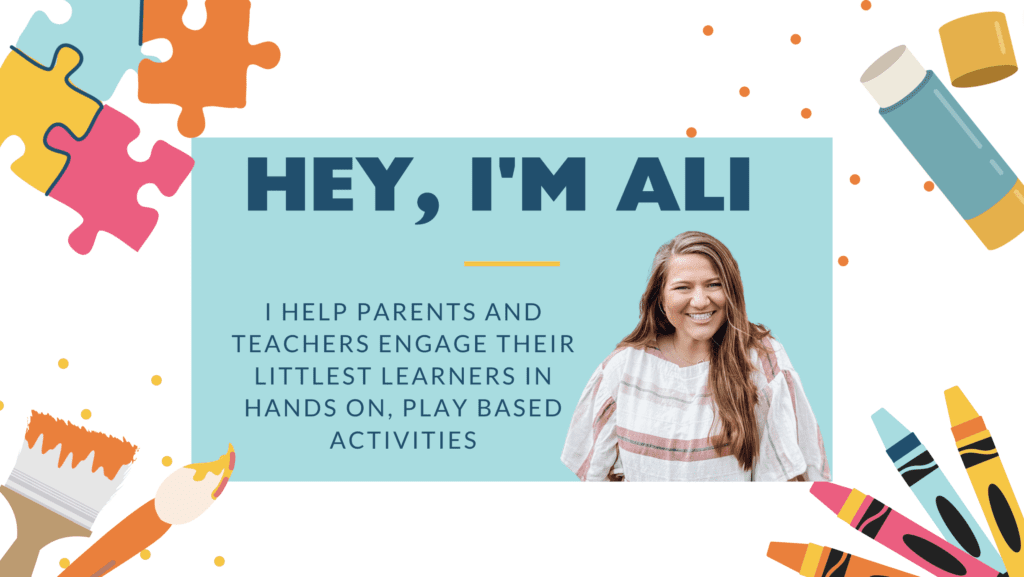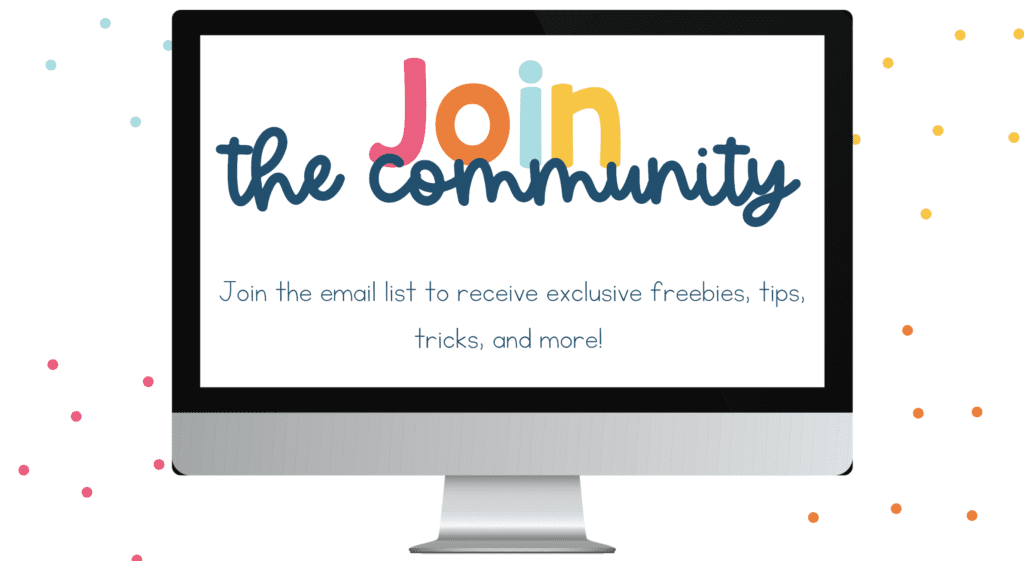When I meet new people and explain my passion for educational technology and making digital citizenship an every day part of every classroom I often get asked.. “so what is digital citizenship? And why should I be teaching it?” I am here to give you all the details about what is it by definition, what it is in our classrooms and why it is important.
What is digital citizenship?
By definition, digital citizenship is a person who takes the time to develop skills and knowledge that help them become an effective member of our digital world.
That’s a lot to take in and that’s a lot to explain to a child. Let me break that down for you.
Digital citizenship is a person (you and me)
who takes time (spends time online using things such as Google, websites, blogs, YouTube, etc)
to develop skills and knowledge (privacy protection, digital literacy, understanding scammers, protecting devices from viruses, etc)
to help them become an effective member (someone who understands not everything is true or right, understands what not to share online, and develops a strong digital footprint)
of our digital world (anything online).
How do I teach that to children?
Honestly, it will completely depend on your grade level. In secondary classrooms, I would give students an exact definition. I would even turn the definition into a project. Allow them to break the definition down into their own terms and make sense of it. In elementary school, I would break it into the two age groups. In upper elementary, grades 3-5, you can give them more than your primary students, K-2.
Primary Classrooms
In primary grades, they are just learning what it means to be a citizen in our world which is a great comparison for digital citizenship. You could include digital citizenship in your citizenship social studies unit through comparing and contrasting. Or it can stand on its’ own as a technology lesson. Either way, it can be explained as doing your best to be respectful and responsible of your words and actions online. Although these students are young, it is imperative to teach them the importance of their digital footprint and the permanence of anything done online. This will set them up for success when the time comes for them to make decisions on social media, chats, texting, etc. At this age, it is also important to begin cyberbullying conversations. It can save a life in the future, literally.
Upper Elementary Classrooms
In upper elementary, you can begin giving them more. Explaining that not only is it about being respectful and responsible in our words and actions but that it is about protection. You can have conversations about what exactly they need to be protecting themselves from (scamming, phishing, viruses, etc.). You can even teach explicit lessons on topics like scams, phishing, viruses and more. At this age, it is vital to take the conversations deeper and create a safe environment for them to share experiences. Most likely, majority if not all of your students by this point have been effected by something online, good or bad. It is extremely important to dive into cyberbullying at this point.
Teaching these topics in elementary school sets our students to be effective members in our digital world, as the definition suggests.
Why is it important?
Above, I have listed many reasons already as to why it is important to teach digital citizenship starting at a young age. Overall, the biggest reason why I believe it is important is because it can help prevent cyberbullying. Cyberbullying is a topic near and dear to my heart and quite honestly, it scares me for our youth. It is hard, scary, and people often suffer in silence from it. I have an entire blog post talking just about cyberbullying, its affects and what we can do about it. Another reason it is important is because the digital world is going nowhere, if anything it is only going to get bigger. Due to that, it is important that we ensure all children are set up with the tools needed to be successful.

Now what?
Lucky for you, I have 10 complete digital citizenship lesson plans created with discussion questions, anchor charts, graphs, activities and more! You can check those out here.
As always, let me know if you need anything else when it comes to implementing digital citizenship to your classroom! I am here to help.
